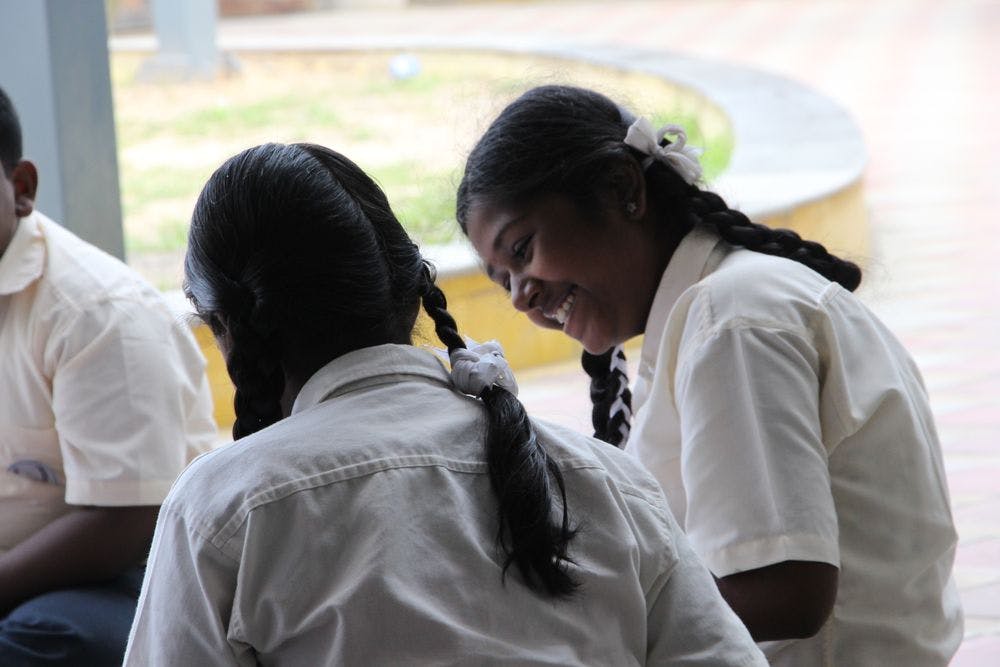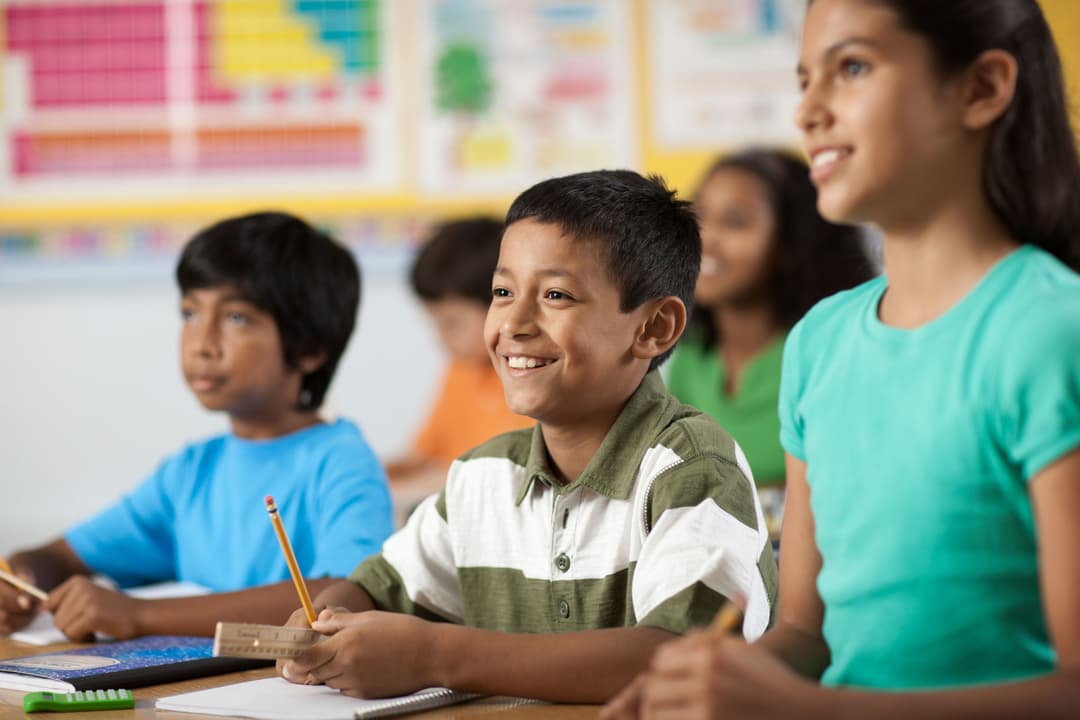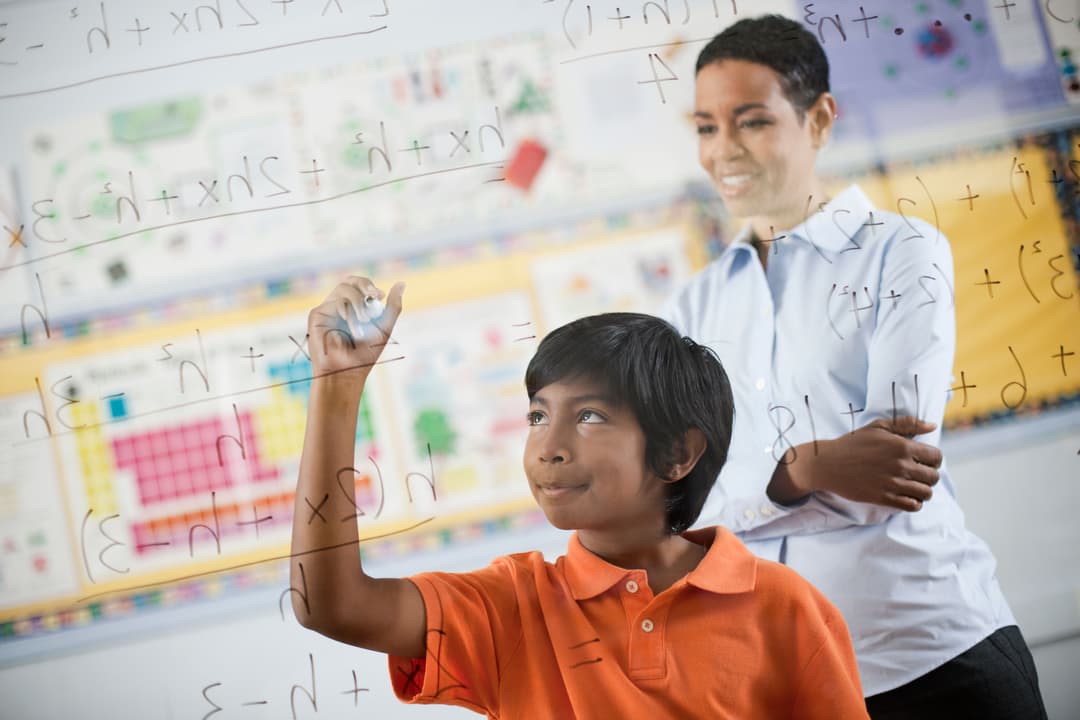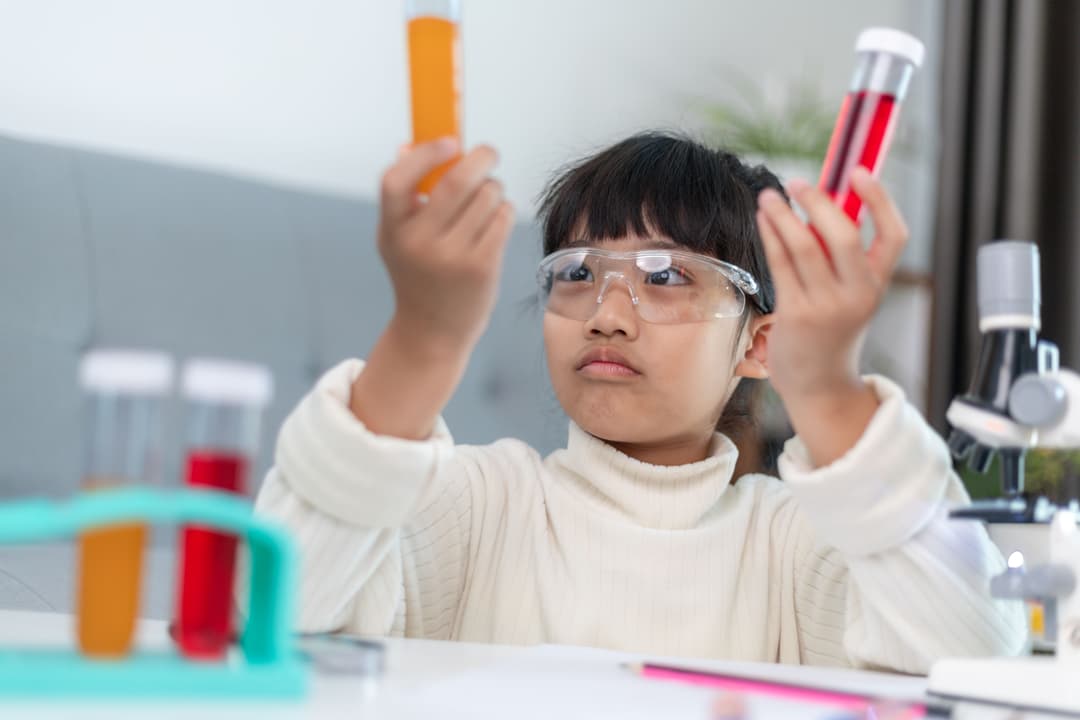Middle years programme (Grades VI to VIII)
The Middle Years are a period of transitional learning where students develop their capacity for abstract, imaginative, and critical thought. Learning becomes challenging, which motivates students to draw useful parallels between what they learn in school and the outside world.
The middle school years are a critical time in a student's education, and Aadhithya Public Schools recognizes the importance of providing a challenging and rigorous education that prepares students for success in high school and beyond. Our Middle School Curriculum is designed to provide a comprehensive education that focuses on academic, social, and emotional development.

What will your child learn at our school?
The curriculum at the middle school fosters active problem-solving, metacognition, critical thinking, subject-specific skills and learning key concepts at deeper levels. The framework is driven by global learning strands – Inquiry-based learning, dialogic teaching, concept connecting, reflective education, critical thinking and life competencies. The uniqueness of teaching-learning pedagogy is that it builds students’ memory, thinking faculties, and inquiring nature.
Alongside the ongoing assessments and evaluations, students are guided and empowered with self- evaluation methods followed by individualised feedback to nurture independence in learning. The documented observations are shared with the parents once a term, three times annually. A strategically designed additional support plan is implemented by the school to address skill and conceptual learning gaps. Teachers as facilitators support each student’s fulfilment of their potential and maximise learning.
Our Middle School Curriculum at Aadhithya Public Schools is led by experienced and trained teachers who are passionate about working with young learners. Our teachers provide a supportive and challenging learning environment that encourages students to take risks, explore their passions, and pursue their goals.
We also prioritize parental involvement and communication, and we encourage parents to be active partners in their child's learning journey. We provide regular updates and feedback to parents on their child's progress and encourage them to participate in school activities and events.
The Curriculum
The students learn various subjects including English, Tamil as a second language, Hindi as a third language, Science, Math and Social Studies.
Involving in challenging tasks and engagements like exploring case studies, participating in debates, using theatrical techniques, creating presentations and expressing their learning through art, provide students with real-time learning experiences.
Students are exclusively prepared with logical reasoning, assertion, quantitative aptitude, data analysis and language ability-type of assessments which would eventually prepare them for facing competitive exams in the Science, Commerce and Arts streams.
Each unit is embedded with teaching-learning continuums which enrich specific life competencies, key concepts, subject-specific and generic skills. The content books are carefully selected, taking into account explicit concept gradation and relatable text that delivers quality language standards and enables independent reading.
General curriculum goals
Language

Learning the English language in middle school encompasses an appreciation of language and literature. It involves the language processes of speaking, listening, reading, viewing and writing. Applying these interrelated language processes is fundamental to understanding subject-related text and articulating Language in the most natural ways.
Students are exposed to reading skills, grammatical accuracy, various forms of writing using figurative language, paragraph writing, expository writing, and article writing. Students and teachers work together to achieve the learning outcomes that are designed to acquire the receptive and expressive aspects of language. The language resources provided to students facilitate students' gaining adequate exposure to a range of texts and as they progress through grades the complexity of skills increases preparing them to use the language in unfamiliar situations in a competitive manner.
Mathematics

During the three years of middle school, students learn – mathematical processes, the nature of math and math concepts. Learning happens based on the broad conceptual categories of the number system, algebra, functions and relations, shapes, space and measurement, statistics and probability.
Students explore the mathematical processes by learning to communicate their mathematical understanding, connect concepts to their everyday experiences, achieve fluency through mental math, apply knowledge to solve problems and develop reasoning skills.
Experiencing the nature of math equips students to understand, interpret and describe our world. They use the components like change, constancy, uncertainty, relationships and spatial sense to understand the world around them.
Students gradually progress to higher mathematical concepts, for example, number sense to number patterns; regular shapes to approximating irregular shapes and observing their geometrical properties. They are encouraged to justify their own reasons in addition to arriving at answers. Creating math problems based on specific concepts is something our students just can’t wait for.
Science

There is a gradual transition from learning Science based on strands to learning the elements of science and technology. Students refine their scientific ideas with increasing accuracy. They identify themselves as a part of this large ecosystem and understand the consequences of their actions. We strive for students’ realistic actions in order to improve the welfare of living things and the environment as a manifestation of learning science.
Conceptual understanding and skill progression are ensured by adapting the Cognitive Levels of Bloom’s Taxonomy. Students are exposed to research skills by building their curiosity to ask relevant and intriguing questions, make careful observations, plan and conduct simple investigations and communicate their scientific findings.
The content is designed around the science strands of living things, material and matter, earth and space, force and energy. Students engage in discussions, lectures, field trips, hands-on activities, experiments, recording in science notebook, and project-based learning as a part of learning science.
Social Studies

Social studies curriculum includes the study of history, geography, sociology, political science and economics. The study helps them comprehend and analyse the past and present and aims at preparing them as co-creators of a better tomorrow.
Learning history provides students with a general idea of the developments over periods of time and creates a sense of historical diversity by exploring case studies. The themes introduce students to historical timelines and maps locating the development of regions. By providing specific scenarios, the study also encourages students to imagine what it would be like to live in a society.
At this stage, students are introduced to the basic concepts necessary for understanding the world in which we live. Geography is introduced to promote the understanding of the interdependence of various regions and countries. Students develop an understanding of the earth as the habitat of humankind and other forms of life. They delve into a study of her/his own region, state and country in the global context.
The various aspects of political, social and economic life are examined with a preliminary focus on certain key concepts, and knowledge to understand the functioning of Indian democracy. The idea of government is introduced through focused lessons and then elaborated upon through discussions of the types of government at the local level, as well as different aspects of their functioning.
